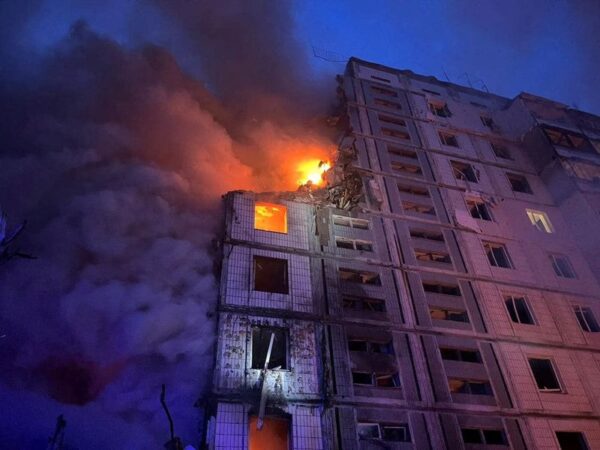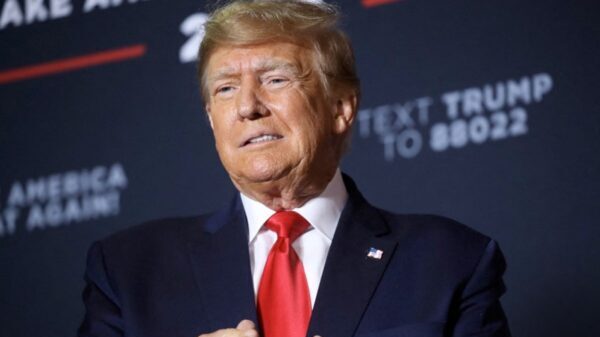
Nine years after being launched by President Xi Jinping, The Belt Road Initiative (BRI) seems to have lost steam without new Chinese investment in the third post -Pandemic country. While part of the Beijing observer believes that this is an indicator of the HIT taken by the Chinese economy during the Pandemic and as a result of zero-covid policy, BRI seems to be revalued by the recipient countries that are aware of the debt trap and their economic feasibility.
Bangladesh Finance Minster AHM Mustafa Kamal has openly blamed the BRI Chinese project that could not live economically for worsening the economic crisis in Sri Lanka. He has warned that developing countries must think twice about taking more loans through BRI as global inflation and slowing growth in adding strains in the developing country markets.
“Everyone blames China. China can’t agree. That is their responsibility, “Kamal said in an interview with the Financial Times. Bangladesh owes around six percent of external debt to China and has sought a loan of USD 4.5 billion from the IMF last month to seize the economic crisis. The fact is that Bangladesh has explained to China that they do not want to receive further loans but only grants from Beijing. The same field was taken by Nepal when the Chinese debt trap towered and the collapse of the Sri Lanka economy, which owed 10 per 51 billion external debt of USD 51 billion to Beijing, had become a classic example. The white elephant of the Hambantota Port in Sri Lanka is now under 99 years after the 2017 China rental under debt for the exchange of equity with more than one billion Dollars of Rajapaksa A Nonstarter International Airport.
Another staggered country under Chinese debt is Pakistan with several USD 53 billion spent by Beijing under the auspices of BRI on projects that have not produced results. Called the main strategic initiative between the allies of “milk and honey”, the Port of Gwadar on Makran Beach is still incomplete with Baloch rebels who will roll that day and target Pakistani army and even Chinese workers.
The Port of Gwadar, which is called an alternative for Dubai and the future of Pakistani’s economy, quickly turned into a factory stone in the neck of Islamabad. The country is looking for multi-miliar dollar bailouts from the IMF by thinning foreign exchange reserves, two-digit foods and double-fuel inflation in the War Pandemi Covid and Ukraine War.
In fact, China’s penetration to the Indian sub-sub-state has increased to a level where the bureaucracy and the media have been compromised and worked against their own country. After Pakistan, China has invested around USD 44 billion in Indonesia, USD 41 billion in Singapore, USD 39 billion in Russia, USD 33 billion in Saudi Arabia and USD 30 billion in Malaysia. Beijing has made a large investment in Cambodia therefore ASEAN countries are mute spectators to unilateral changes by China in the South China Sea and dry the war against Taiwan. The call to BRI China was not limited to the Indian subcontinent because the echo could be heard in the USD 4.7 billion railroad project which was jammed in Kenya. Five years since the launch of the project ended suddenly in an empty field, 200 miles from its destination in Uganda. BRI quickly turned the way to where.







